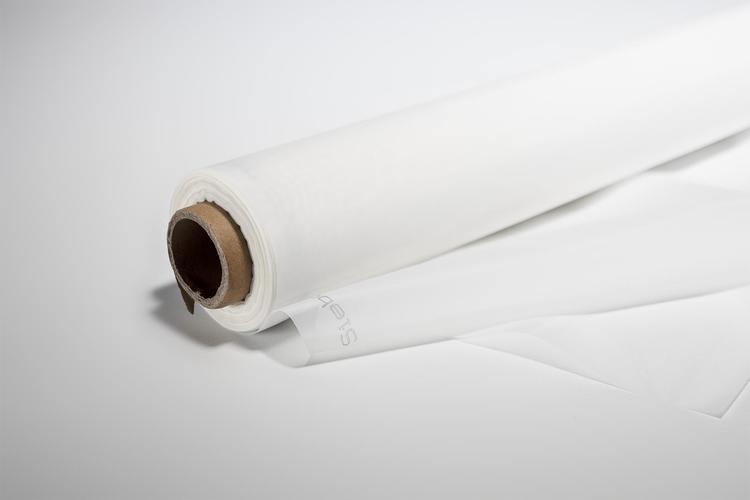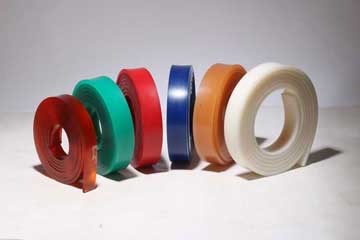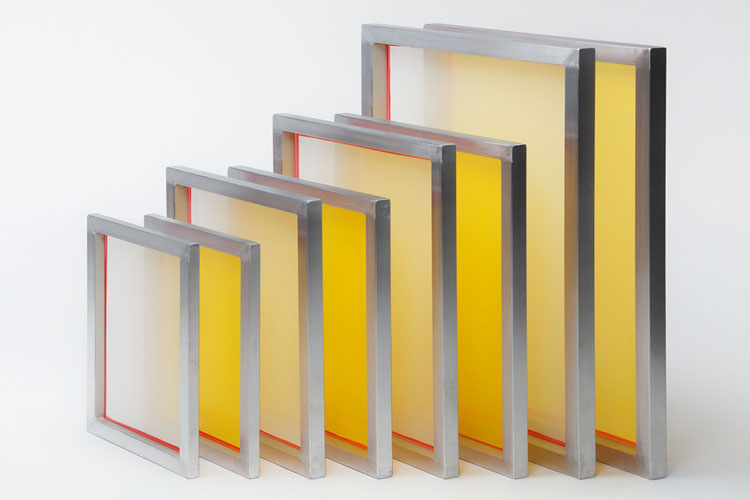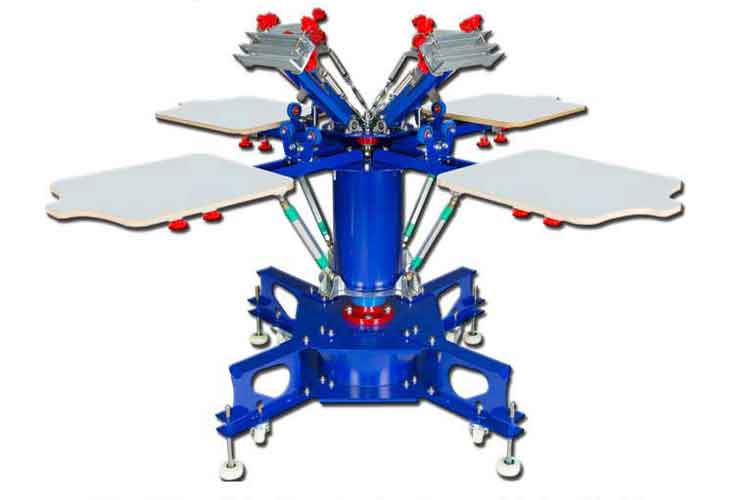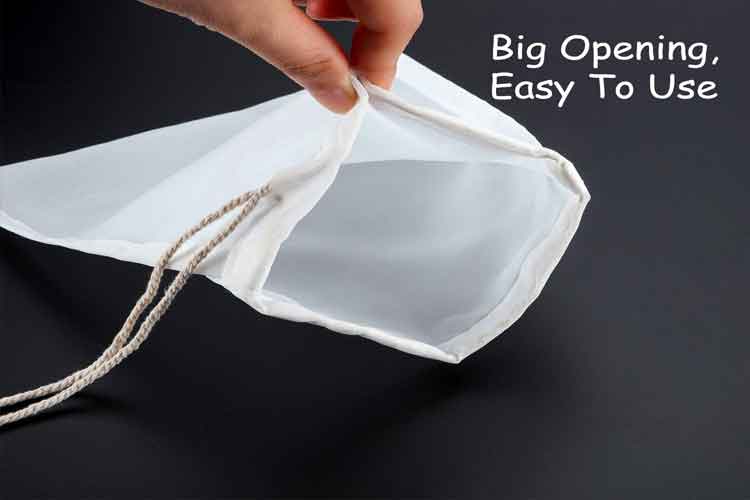Why choosing the right standard screen printing frame size matters for your shop
A mid-size shop standardized on a small set of standard screen printing frame size units matched to its platen fleet. By standardizing they reduced changeover times, improved first-pass success rates, and simplified storage. The operational improvement ca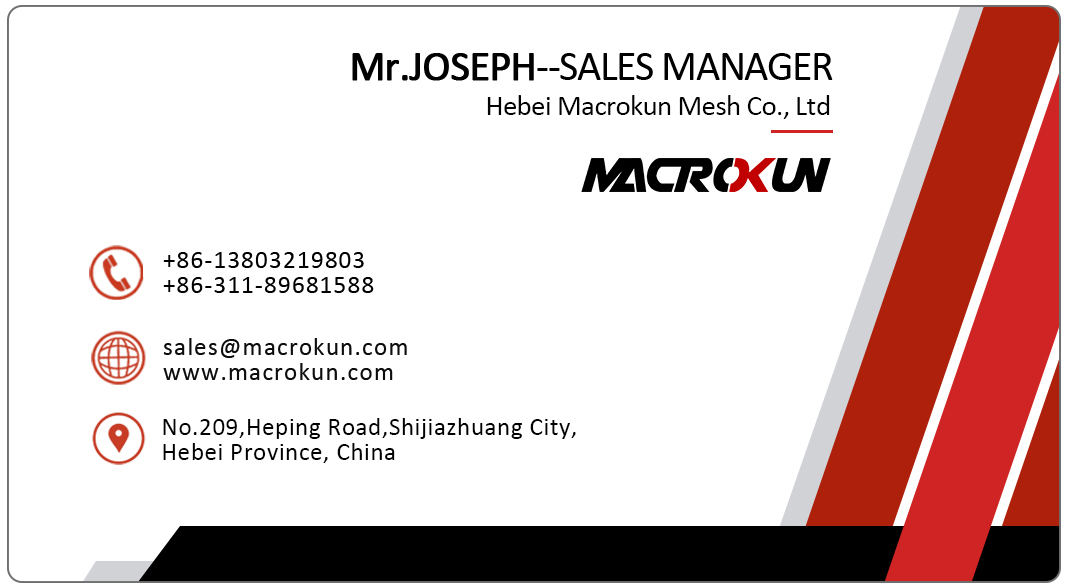
Getting the size right for a screen is one of the fastest paths to fewer setup headaches and more consistent prints. A correctly chosen standard screen printing frame size matches your platen, gives your squeegee enough edge clearance, and leaves a comfortable border for registration — so operators stop guessing and start printing. When shops standardize on the right sizes, changeovers are faster, inventory is simpler, and first-pass yield improves. That makes the right frame size a small investment with an outsized operational payoff.
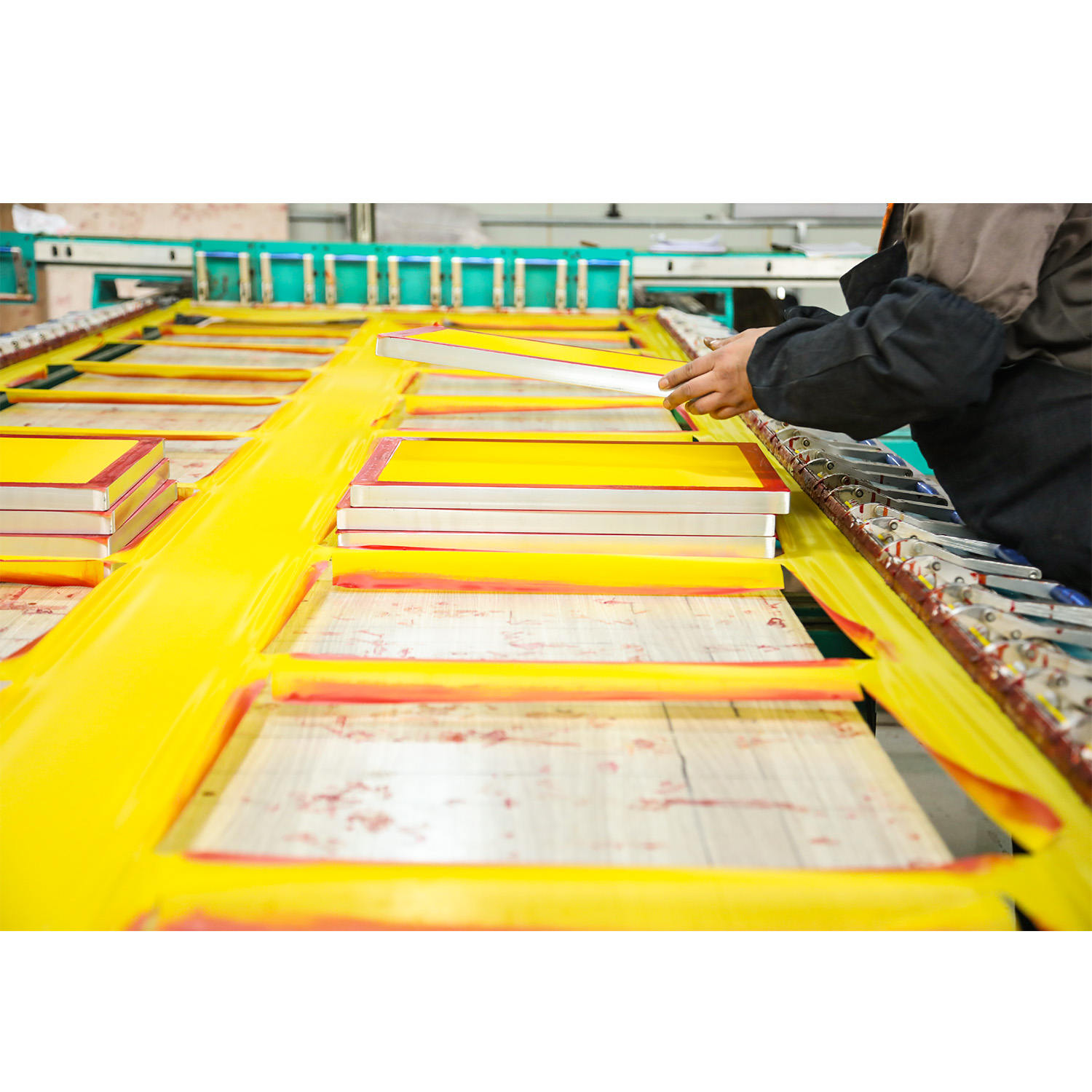
What people mean by “standard screen printing frame size”
When the term standard screen printing frame size is used, buyers usually mean the commonly stocked outside dimensions that fit most manual and semi-automatic presses — for example 20×24, 23×31, 25×36 and similar. Suppliers commonly pair these outside dimensions with inside image areas and recommend a safe printable area that leaves 2–3 inches of border for squeegee movement. Knowing both outside and inside dimensions helps you pick a screen that fits your press clamps and gives the operator room to work.
Common standard sizes and why they became standard
Certain standard screen printing frame size models became industry staples because they match common platen sizes and popular print applications:
-
20×24 inches — a frequent go-to for chest prints and general-purpose garment work; balanced for many manual presses.
-
23×31 inches — a versatile production size for larger artwork and multi-color jobs.
-
25×36 inches and 30×40 inches — used for larger panels, posters, or when more-than-average printable area is required.
These sizes are widely stocked by suppliers because they fit the most common press and platen combinations — making them easy to buy and fast to deploy.
How to choose a standard screen printing frame size for your artwork
Start from the artwork dimensions, not from the stock frame shelf. A practical rule: add a 2–3 inch border around the artwork to allow for squeegee travel and clamp clearance. For example, a 12×16 artwork typically fits well in a 20×24 standard screen printing frame size; a 15×21 design might sit comfortably on a 23×31 screen. Always keep platen size and registration needs in mind — multicolor work benefits from extra margin for alignment.
Mesh count and size — how the pair affects final results
Mesh count matters as much as frame size. Lower mesh counts allow more ink through and pair well with larger standard screen printing frame size setups that need heavy ink deposit (e.g., white underbases). Higher mesh counts support fine detail and halftones and are often used with medium frame sizes when clarity is the priority. When ordering pre-stretched frames, decide mesh and frame size together: the same outside frame can be filled with different mesh counts to suit different jobs.
Frame material, stiffness and the effect on usable size
Aluminium frames keep tension more stable and resist warping — important when your chosen standard screen printing frame size is large or when you expect frequent reclaims. Wood frames can be fine for small, short runs, but aluminium is the preferred option for production because it maintains flatness under higher tension. For large screen sizes the material choice becomes especially critical: aluminium frames are lighter, stiffer and more predictable under heavy use.
Pre-stretched vs remeshable — which approach fits which size
For many operations, a mix of pre-stretched standard screen printing frame size units (for speed) and remeshable frames (for flexibility) is ideal. Pre-stretched frames are ready to print and reduce setup time — great for small shops and quick-turn orders. Remeshable frames make sense when you do frequent mesh changes or when long-term cost control matters; on a remeshable frame you replace mesh rather than the entire assembly, which is especially economical for the larger, less frequently changed sizes.
Practical check: will the frame fit your press and platen?
Before you buy any standard screen printing frame size, measure your platen and clamp envelope. Some presses have tight clearances that limit outside frame dimensions; others accept oversized frames. Confirm the frame’s outside dimension will seat properly without obstructing squeegee movement or registration hardware. A mismatch here creates time-consuming workarounds; measuring in advance saves time and money.
Inventory strategy: what sizes to keep on the shelf
A lean but effective inventory typically includes three things: one small test frame, one or two medium production sizes, and one larger duty frame for specials. For many garment shops, this looks like a selection centered on these standard screen printing frame size choices: a small 16×20 or 18×20 for test prints, a 20×24 for everyday jobs, and a 23×31 or 25×36 for larger artwork. That kit covers most orders without overstocking.
How size influences exposure, tension and halftone fidelity
Your standard screen printing frame size affects exposure uniformity and mechanical tension distribution. Larger screens require more careful, even tension and sometimes specialized exposure setups to avoid uneven stencils. Since tension affects snap-off and ink release, achieving uniform tension across the chosen frame size is essential for accurate halftones and consistent registration, especially on multi-color jobs.
Ordering tips — what to specify to suppliers
When ordering a standard screen printing frame size, give these details to the supplier to avoid surprises: outside and inside dimensions, desired mesh count, whether you want pre-stretched or remeshable, frame material (aluminium vs wood), spline groove type, and expected tension specification for pre-stretched items. Suppliers who publish these specs simplify procurement and reduce back-and-forth.
Incoming inspection: quick QC steps on delivery
When frames arrive, perform a brief check: confirm outside dimensions, lay the frame on a flat reference surface to spot twist or warp, inspect spline grooves and corner welds, and if pre-stretched, confirm mesh tension looks uniform. Catching a damaged or warped standard screen printing frame size early prevents lost press time and avoids emergency fixes.
Real-world example: how picking the right size simplified operations
A mid-size shop standardized on a small set of standard screen printing frame size units matched to its platen fleet. By standardizing they reduced changeover times, improved first-pass success rates, and simplified storage. The operational improvement came not from fancy equipment but from the discipline of matching artwork, mesh and press geometry to a small, well-chosen set of frame sizes.
Final checklist — pick the right standard screen printing frame size now
-
Measure artwork and add 2–3 inches border for squeegee clearance.
-
Confirm platen and clamp envelope on your press.
-
Choose frame material: aluminium for production, wood for hobby/short runs.
-
Pair mesh count with size and intended ink deposit.
-
Decide pre-stretched vs remeshable based on speed vs long-term cost.
-
Run a quick incoming QC when stock arrives.
Follow this checklist and your frame choices will reduce setup time, improve registration and make prints more consistent — the practical results that matter on job day.
Tags: 0.1 micron filter bag 0.5 micron filter bag 1 micron filter bag 50 micron filter bag 25 micron filter bag 10 micron filter bag 1000 micron filter bag 5 micron filter bag micron filter bag micron filter bags 25 micron filter bags 100 micron filter bag 180 micron filter bag 250 micron filter bag 200 micron filter bag 200 micron filter bags 100 micron filter bags 1 micron filter bags micron filter bags near me 05 micron filter bag 30 micron filter bag 150 micron filter bag 10 micron filter bags 200 micron filter bag wholesale 0.1 micron filter bag wholesale 500 micron filter bag 400 micron filter bag 50 micron filter bag wholesale 400 micron filter bag wholesale 20 micron filter bag 0.1 micron filter bag factory in china 500 micron filter bag factory in china 20 micron filter bag wholesale 5 micron filter bag wholesale 250 micron filter bag factory in china 150 micron filter bag wholesale in china micron filter bag wholesale in china 190 micron filter bag 400 micron filter bag factory in china
Pre:Why getting your screen printing frame sizes right matters more than you think
Next:Why an a4 screen printing frame is the perfect small-format solution
Tags:
